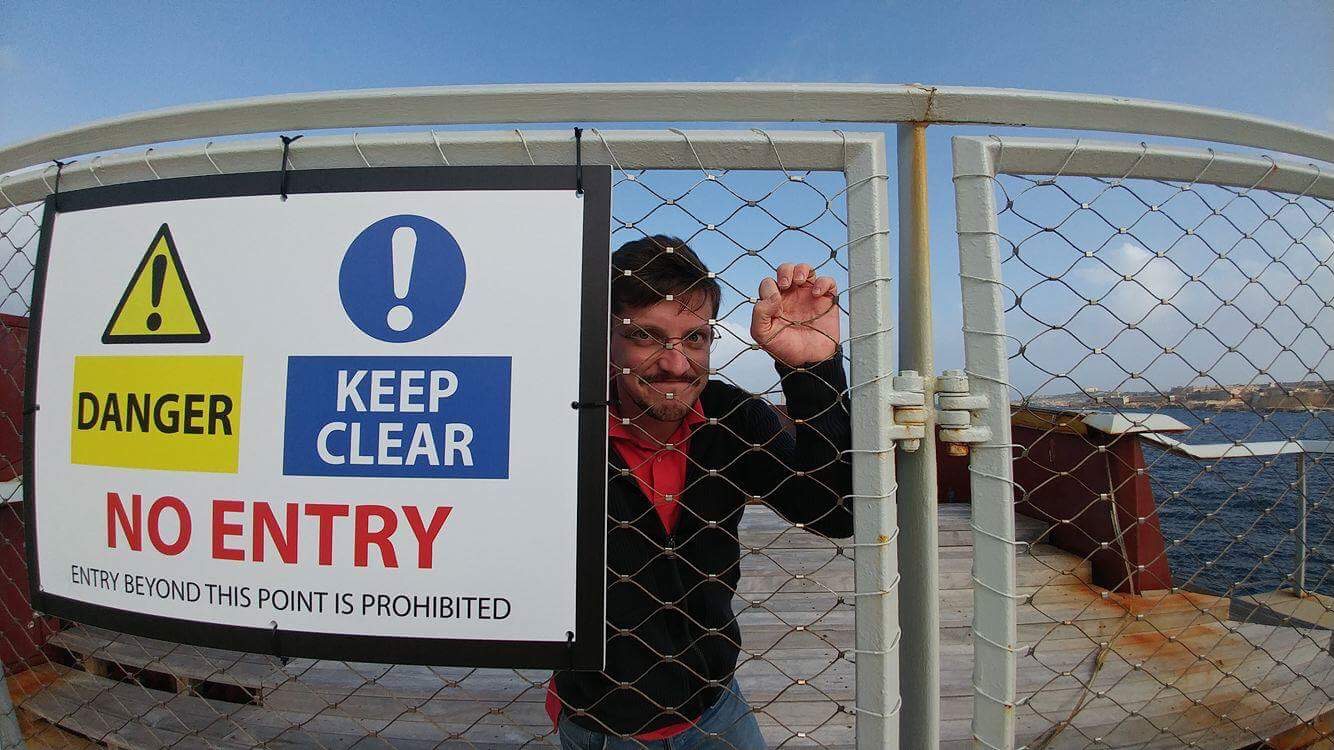Shining a light on graffiti's rebel underground
- Text by Cian Traynor
- Photography by The Grifters

Early one Monday morning, in May 2014, police raided the Parisian apartment of a man called Good Guy Boris.
An anti-graffiti task force decided to make an example out of him for his role in documenting a culture of ‘trespassing and vandalism’.
After three days of questioning, Boris was held for four months in Europe’s largest prison – Fleury-Mérogis – awaiting trial.

But the experience allowed him to reflect on the path leading up to that point and where it would likely take him next.
“I managed to turn it into something positive,” he says now. “I trained my body and mind so that I would leave there twice as strong and twice as motivated.
“If this hadn’t happened, many good things would never have followed, so I really took the experience as a part of my journey.”


It started it Bulgaria, when a 12-year-old Boris first picked up a spray can and drew the local football club’s name surrounded by penises.
His father – a strict man who had instilled in him the value of honesty and hard work – decided not to punish him that day, leaving Boris room to explore a new creative outlet.
“Even though, where I come from [graffiti] pieces have a much longer lifetime than elsewhere in Europe, I was aware that my creations were ephemeral,” he says. “Therefore in order to preserve the memory, I started to photograph them.”


At first it was just pictures of stuff that he and his friends made, but gradually he focused more on the action and atmosphere – finding it so fascinating that he gave up writing to focus entirely on documentation.
It didn’t take long before Boris took things to another level. By the age of 14, he was working for his dad’s business and, within a year, left home to strike out on his own.
“My obsession with graffiti and art in general drew me to work on different projects – one of them was a magazine that I curated and designed myself,” he says.


“The advertising agency who published it loved my hustle and I quickly started working for them, which was enough to learn 3D animation as well as master my design, photography and video production skills.”
That helped Boris land a job as a 3D designer for an architectural company… but it went bust within six months, inspiring him to launch his own enterprise instead.
At the time, Boris explains, the media took no notice of the culture surrounding street art.
It was a still long way from being considered fashionable, embraced by big brands, and the teenager found it hard to get his reportage taken seriously by publications.


Photo by Thomas Von Wittich.
Latest on Huck

Bernie Sanders introduces Clairo at Coachella, urging young Americans to “stand up for justice”
Coachella charmed — The Vermont Senator praised the singer-songwriter for her efforts in raising awareness of women’s rights issues and Gaza.
Written by: Isaac Muk

The Changing Face Of Brooklyn, New York’s Most Colourful Borough
After three decades spent capturing stories around the world, Magnum Photographer Alex Webb finally decided to return home to Brooklyn – a place that champions chaos, diversity and community spirit.
Written by: Alex Webb / Magnum Photos

The mundane bliss of New York’s subways in the ’70s
NYC Passengers 1976-1981 — During a very different decade in NYC, which bounced between rich creativity and sketchiness, photographer Joni Sternbach captured the idiosyncratic isolation found on its rail networks.
Written by: Miss Rosen

Analogue Appreciation: lullahush
Ithaca — In an ever more digital, online world, we ask our favourite artists about their most cherished pieces of physical culture. Today, it’s Irish retro-futurist lullahush.
Written by: lullahush

Spyros Rennt captures connection and tenderness among Berlin’s queer youth
Intertwined — In the Greek photographer’s fourth photobook, he lays out spreads of togetherness among his friends and the German capital’s LGBTQ+ party scene.
Written by: Isaac Muk

The rebellious roots of Cornwall’s surfing scene
100 years of waveriding — Despite past attempts to ban the sport from beaches, surfers have remained as integral, conservationist presences in England’s southwestern tip. A new exhibition in Falmouth traces its long history in the area.
Written by: Ella Glossop